
Starting June 1st, 2023 Our warehouse fee will be $0.65/cubic foot per month
In effort to lower the warehouse storage fee during inflation, we have went narrow aisle racking.This construction took us four months but the project is finally completed. With narrow aisle racking, we are able to drop storage by 24%.We as partners will go through this inflation together.
12/11/2023
Are you looking to dive into the world of e-commerce but can't decide between two popular business models, dropshipping and Amazon FBA? The choice between these two approaches can significantly impact your online business's success and profitability. In this comprehensive comparison, Worldcraft Logistics will help business explore the ins and outs of Dropshipping vs Amazon FBA to make an informed decision and steer your e-commerce venture in the right direction. Let's embark on this journey of exploration to find the perfect fit for your entrepreneurial aspirations.
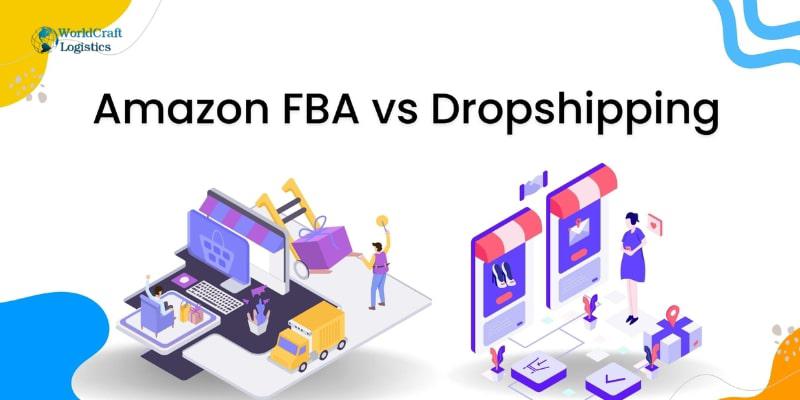
Amazon FBA, which stands for Fulfillment by Amazon, is a comprehensive service offered by the e-commerce giant that encompasses various aspects of the selling process. FBA's primary function is to streamline and simplify the fulfillment side of online business, providing sellers with a range of benefits that have made it the preferred choice for a substantial majority of e-commerce entrepreneurs, with approximately 89% of sellers opting for this service.
FBA's core function is to handle warehousing, order fulfillment, returns, and customer service on behalf of sellers. Whether you're engaged in selling private label products, reselling products through retail arbitrage, or sourcing wholesale goods, Amazon FBA offers an effective and efficient means of managing your Amazon business.
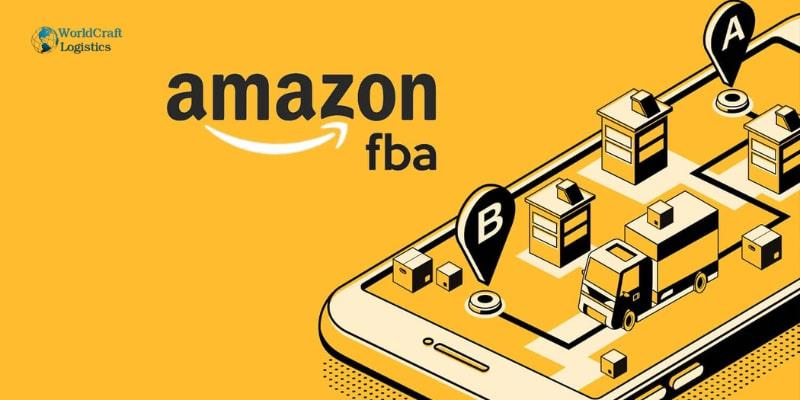
Convenience: One of the most significant advantages is the convenience it offers. Sellers simply send their inventory to Amazon's fulfillment centers, and from there, Amazon takes charge of the entire process, including picking, packing, and shipping.
Prime Benefits: Products fulfilled by Amazon automatically receive the coveted Prime shipping badge on their listings. This badge signifies expedited delivery, a key factor in attracting more customers. Shoppers trust and prefer products with this badge as they know they can receive their orders within two days.
Enhanced Trust: The Prime badge not only signifies faster shipping but also boosts customer trust. Buyers are more likely to choose products with this badge, knowing they can rely on Amazon's excellent delivery services and customer support.
Customer Service: Amazon FBA also takes care of customer service for orders fulfilled by the service, lightening the load on the seller's end.
Returns Management: If a customer needs to return an item, Amazon handles the entire returns process, making it hassle-free for both sellers and buyers.
Multi-Channel Fulfillment (MCF): Sellers can utilize Amazon FBA to fulfill orders from other e-commerce platforms through multi-channel fulfillment, expanding their reach beyond the Amazon marketplace.
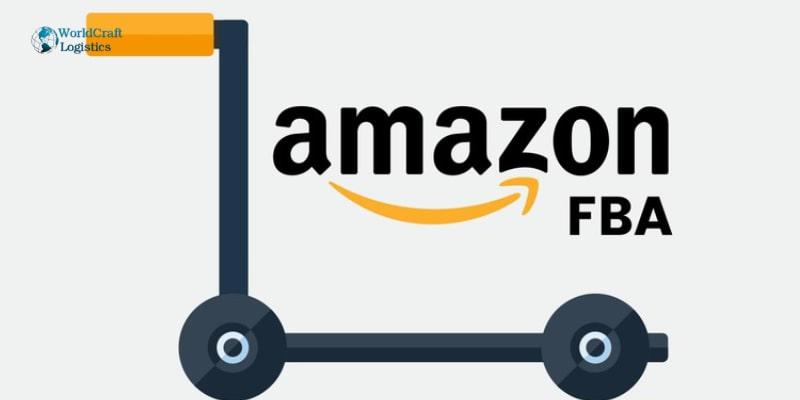
Standard Fees: FBA fees can add up, especially for products with larger dimensions or weight, potentially impacting your profit margins.
Storage Fees: In addition to FBA fees, sellers are required to pay monthly storage fees. Furthermore, long-term storage fees may apply if inventory remains in storage for more than 365 days.
Restock Limits: Amazon imposes restock limits based on storage type, which means you may not always be able to send in as much inventory as you'd like.
Lost Inventory: During the receiving process, Amazon may occasionally misplace or lose some of your inventory. However, it's essential to note that Amazon typically reimburses sellers for lost inventory.
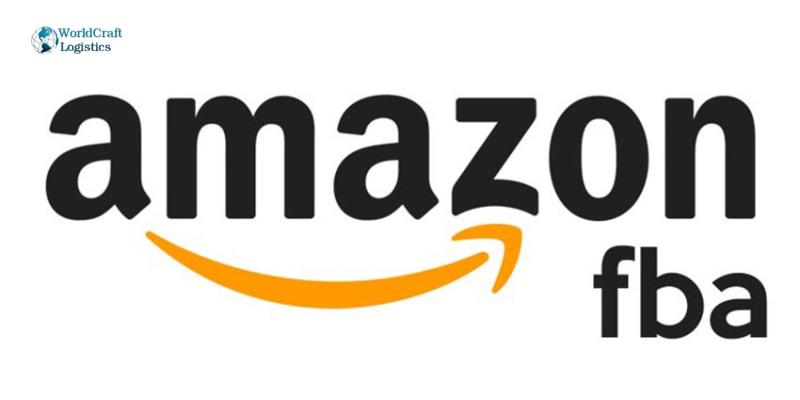
Understanding these advantages and disadvantages is crucial in deciding whether Amazon FBA is the right fulfillment method for your specific business needs and goals. Do you think of other forms such as Amazon FBM? It's important to carefully weigh the benefits against the potential costs and restrictions to make an informed choice.
Alternatively, dropshipping operates on a distinct model where products are shipped directly from a third-party supplier, from whom you purchase the goods for your online store. When a customer places an order on your website, you, in turn, contact the dropshipping supplier, who handles the packaging and shipping process directly from their warehouse or facility to the end customer.
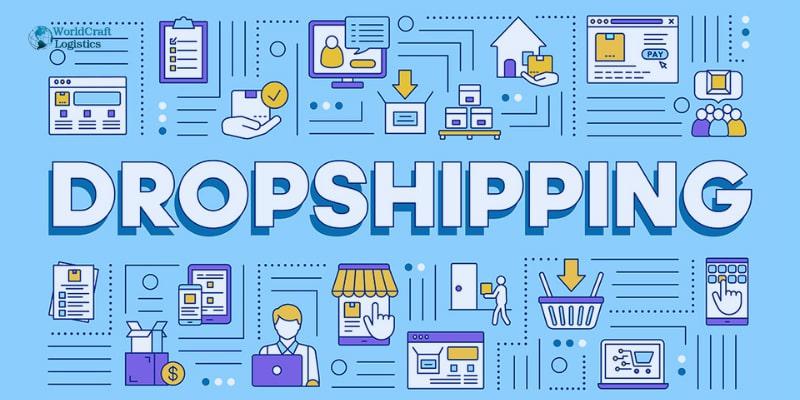
Low Costs: Dropshipping boasts low startup costs when compared to other business models, such as private labeling or wholesale. With dropshipping, there's no need to order products in bulk or invest substantial sums upfront.
Low Barriers to Entry: Starting a dropshipping business is relatively straightforward. You can promptly find products from a supplier and list them on platforms like Amazon or other e-commerce sites, enabling a quicker launch.
Amazon Compatibility: Amazon permits sellers to engage in dropshipping, provided you adhere to their dropship policy.
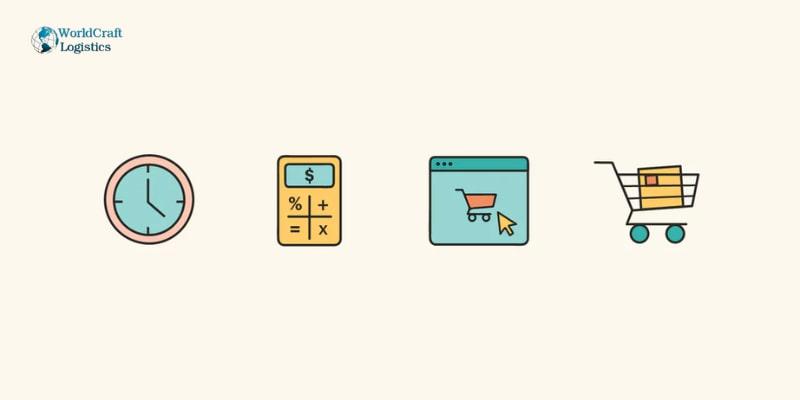
High Competition: The ease of entry into the dropshipping space has led to increased competition. This makes it crucial to find unique selling propositions and effective marketing strategies to stand out.
Slow Delivery: Delivery times can be prolonged depending on the supplier or manufacturer you collaborate with. This can impact customer satisfaction and potentially lead to negative reviews.
Lack of Quality Control: As the products are shipped directly from the manufacturer or supplier, you have limited control over the product's quality. It's advisable to order samples from your supplier before committing to them, ensuring the quality meets your standards and customer expectations.
Understanding the advantages and disadvantages of dropshipping is essential in making an informed choice for your e-commerce shipping business. While the low startup costs and simplicity of entry are attractive, you should also consider the competitive landscape and the potential challenges related to product quality and delivery times.
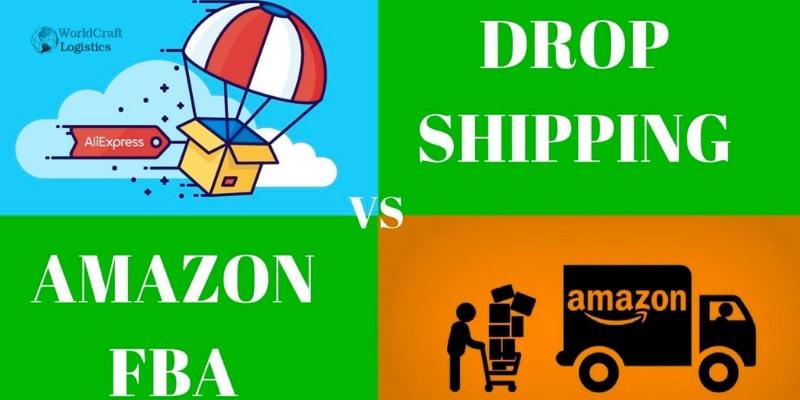
Amazon FBA and dropshipping indeed share similarities in that both offer hands-free order fulfillment managed by external companies. However, in 2024 a key distinction lies in inventory ownership and how various aspects of the business are handled:
Amazon FBA | Dropshipping | |
Inventory Ownership | When using Amazon FBA, you already own the inventory. If you're selling private label products, for example, you'll typically place a substantial bulk order with a supplier and send this inventory to an Amazon FBA fulfillment center. In this model, you maintain ownership of the goods in Amazon's warehouses until they are sold. | In contrast, with dropshipping, you don't pay for any inventory until you receive an order from a customer. You list a product for sale and, once an order is placed, you simply contact your supplier, who then ships the order directly to your customer. As a result, you do not own or warehouse the products, and your supplier takes care of the inventory. |
Order Fulfillment | When you utilize Amazon FBA, the fulfillment process, including packaging and shipping, is managed by Amazon. This service guarantees efficient order fulfillment. | In the dropshipping model, the supplier handles the packaging and shipping of products directly to the end customer. It's a hands-off approach for the seller. |
Customer Service | Amazon takes charge of customer service and returns for orders fulfilled through FBA. This means Amazon's customer service team handles inquiries and returns on your behalf. | In the dropshipping method, you, as the seller, are responsible for managing customer service and handling returns. Amazon, in this case, does not provide customer support for your dropshipped products. |
Returns Handling | Returns for FBA orders are managed by Amazon. When a customer needs to return an item, Amazon processes the return, which is then typically stored in Amazon's fulfillment centers. | If you're using the FBM (Fulfillment by Merchant) method on Amazon while dropshipping, you are personally responsible for managing returns and customer service. Returns are typically sent back to you as the seller, not to the supplier or manufacturer. |
Understanding these differences in inventory ownership, order fulfillment, customer service, and returns management is essential in making the right choice between Amazon FBA and dropshipping for your specific business needs and preferences.
In the coming 2024 that you've gained insights into the ongoing Dropshipping vs. FBA discourse, it's time to make an informed decision based on your unique circumstances. Pose these questions to yourself to steer your choice:
New to online selling? Dropshipping offers an easier start for testing products.
Operating on a smaller budget (under $5,000)? Dropshipping's lower costs may be the better fit.
Want a hands-off approach to customer service and shipping? Amazon FBA might suit you better.
Aspiring for a large-scale business with your brand? Amazon FBA provides scalability and Prime benefits.
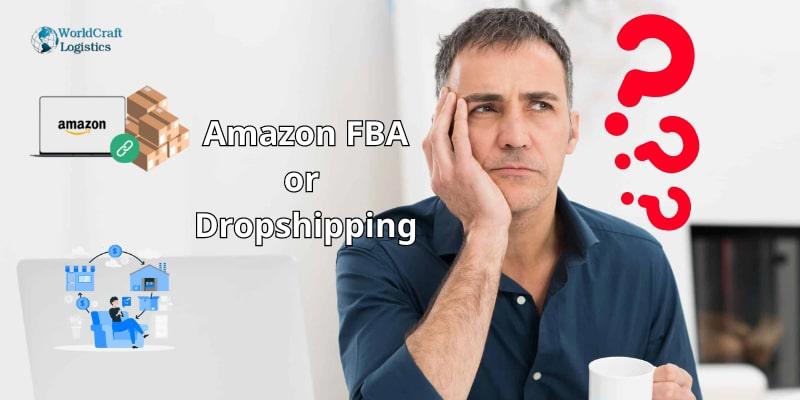
By addressing these questions, you can align your decision with your expertise, budget constraints, preferred level of involvement, and the scale of your business aspirations. Whether you lean towards dropshipping for its flexibility or choose Amazon FBA for its streamlined approach to scaling, understanding your unique needs will guide you towards the strategy that best suits your entrepreneurial journey.
Once you've identified a high-quality product you wish to sell under your brand, the dropshipping process on Amazon begins with creating a listing for that product. In contrast to traditional bulk ordering, when a customer discovers your Amazon listing and places an order, you'll initiate the fulfillment process by returning to your chosen dropshipping supplier's website. There, you'll place an order for the specific product, utilizing the customer's shipping information provided during their purchase.
Subsequently, the supplier assumes responsibility for picking, packing, and shipping the product to your customer. The product is delivered in either unbranded packaging or custom-branded packaging, enabling you to effectively operate as an Amazon wholesale seller.
To embark on your dropshipping journey on Amazon, you'll need to establish an Amazon Seller Central account. While there aren't specific Amazon FBA dropshipping fees, you will be required to select and purchase a suitable selling plan, each with its own cost structure. Detailed information on Amazon's pricing can be found in their fee schedule, which outlines the cost of different plans and per-item fees.
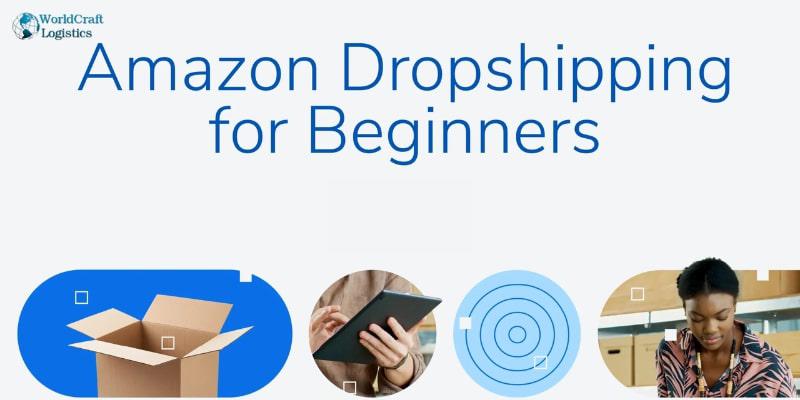
Crucially, when engaging in dropshipping, it's imperative that you sell products under your own brand, and you are registered as the seller of record on Amazon. Prior to initiating your dropshipping venture, a thorough review of Amazon's dropshipping policy is recommended to ensure full compliance with Amazon's guidelines.
As long as you adhere to the established dropshipping policy and meet all of Amazon's seller requirements, dropshipping presents itself as a viable and promising option for those looking to enter the realm of selling products on Amazon. If you're new to the Amazon marketplace, this beginner's guide can serve as a valuable resource to kickstart your journey.
Profiting from Amazon FBA (Fulfillment by Amazon) requires a strategic approach and diligent execution. Here's a step-by-step guide on how to profit from Amazon FBA:
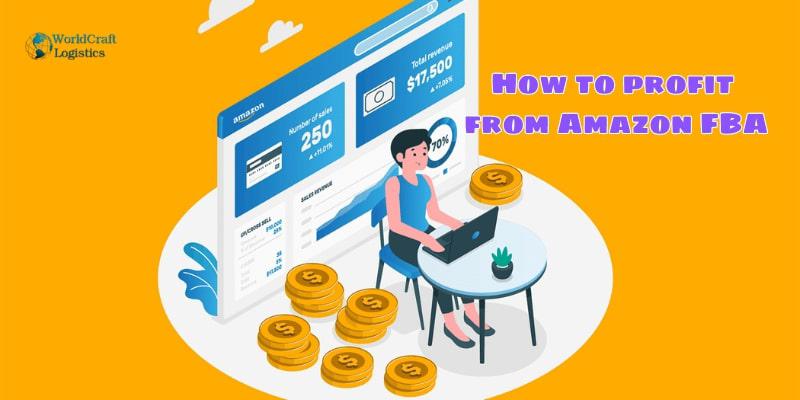
Moreover, there are various other methods, and Worldcraft Logistics will provide more specific guidance in upcoming articles. It's important to remember that achieving success on Amazon FBA requires time, effort, and continuous improvement. Stay updated on market trends, adapt to changes in the e-commerce landscape, and maintain a commitment to delivering value to your customers. Over time, your Amazon FBA business can evolve into a profitable and sustainable venture. Choose a product with profit potential and manageable competition. Look for products that are lightweight, durable, and have a sales price that allows for a reasonable profit margin.
New article topic for you: How to Minimize Amazon Pick and Pack Fee Costs?
Dropshipping typically has lower upfront costs because you don't need to purchase inventory in bulk. Amazon FBA may require an initial investment in inventory.
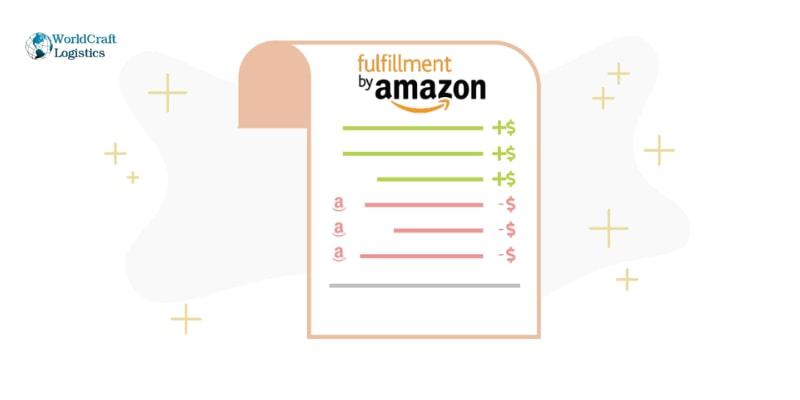
Amazon FBA often provides faster shipping times as the products are already stored in Amazon's fulfillment centers, while dropshipping shipping times depend on the supplier's location.
In Amazon FBA, Amazon handles customer service. In dropshipping, sellers are responsible for customer service and returns.
Yes, some sellers use a combination of Amazon FBA and dropshipping in their business strategy to maximize their product offerings and reach.
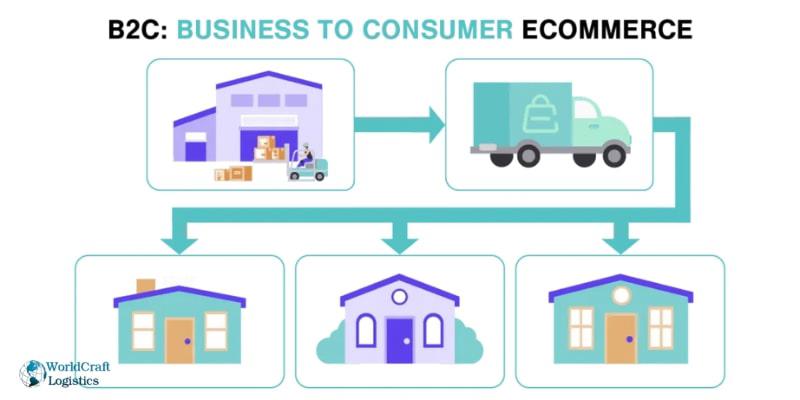
Dropshipping is often considered more beginner-friendly due to its lower initial investment and simplified inventory management.
Yes, both Amazon FBA and dropshipping on Amazon have specific policies and guidelines that sellers must adhere to. It's important to review and comply with these policies to avoid issues.
In summary, the choice between Amazon FBA and Dropshipping ultimately depends on your specific business objectives, available resources, and unique business strategy. Amazon FBA offers a hands-off order fulfillment service with faster shipping, but it necessitates an initial investment in inventory. On the other hand, Dropshipping is more cost-effective to start but may involve longer shipping times and limited control over product quality. Join us at Worldcraft Logistics as we continue to explore and learn from more experiences in our upcoming articles.
SEO
Digital Marketing/SEO Specialist
Simon Mang is an SEO and Digital Marketing expert at Wordcraft Logistics. With many years of experience in the field of digital marketing, he has shaped and built strategies to effectively promote Wordcraft Logistics' online presence. With a deep understanding of the logistics industry, I have shared more than 500 specialized articles on many different topics.

Amazon Handbook
02/20/2023
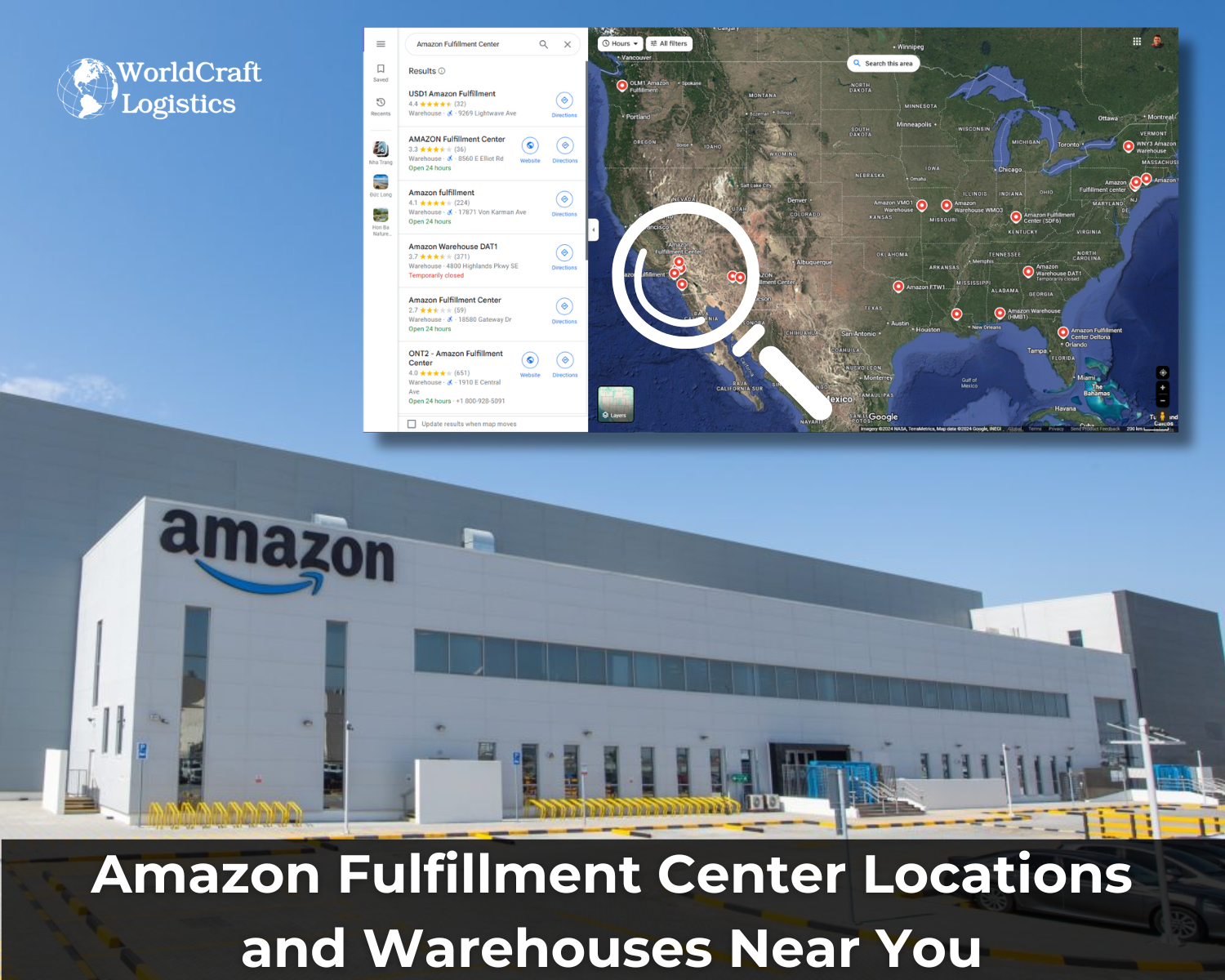
Amazon Handbook
11/10/2024

Amazon Handbook
09/15/2024
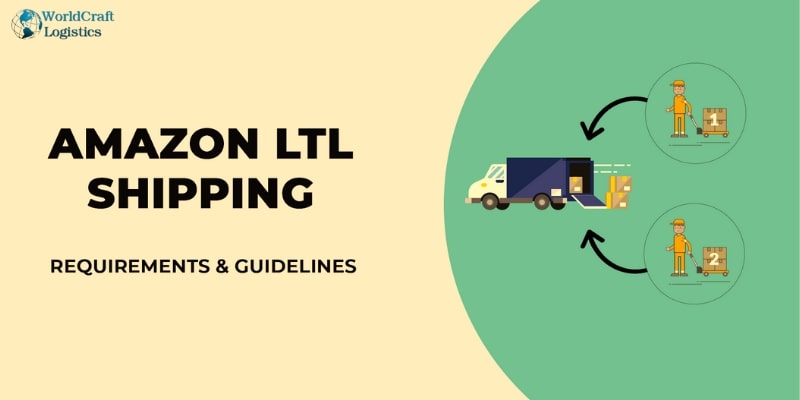
Amazon Handbook
10/15/2023
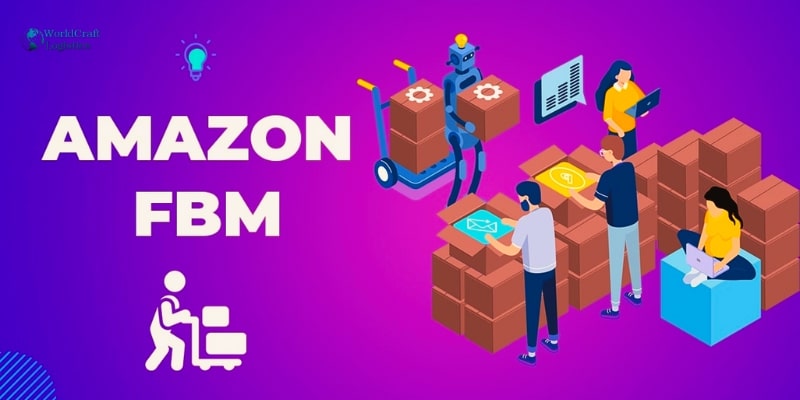
Amazon Handbook
12/04/2023